A round-up of the week’s reviews…
A New Lease of Life for Jackson Pollock’s Mural (Jonathan Griffin)
During the course of its study of the painting, the Getty revealed some interesting facts, and debunked some myths. People have often claimed – partly on the basis of Lee Krasner’s anecdotal reports – that Pollock painted Mural entirely in one feverish, late-night session. Layers of distinctly dried paint disprove this, although a basic design with a limited palette probably was executed in a single session.
‘Ruin Lust’ at Tate Britain (Martin Oldham)
Most of the artworks are drawn from the Tate’s own stores, ranging from its 16th century to its contemporary collections. Through the interplay of art across different periods the exhibition shows how ruins form a dialogue with the past, but also how they rise up out of the impermanence of the present, or are imagined in an uncertain future.
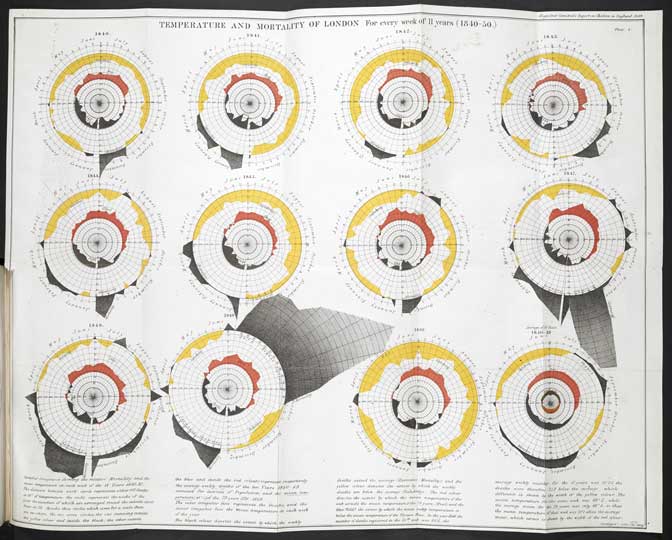
Temperature and Mortality of London (1852), William Farr, from a ‘Report on the Mortality of Cholera in England, 1848–9’
Intelligent Design: Beautiful Science at the British Library (Peter Crack)
‘Beautiful Science: Picturing Data, Inspiring Insight’, at the The Folio Society Gallery in the British Library (until 26 May), charts – excuse the pun – the intersections between data and visual culture. Framed as the ‘elegant’ union of two disciplines, the graphics here range from the humble table, to state-of-the-art digital and interactive displays.
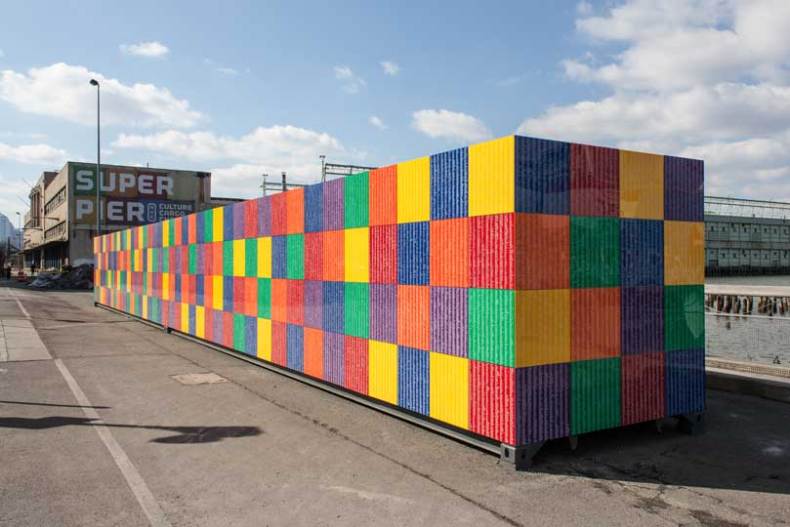
Artists Monument (2014), Tony Tasset. Photo by Joseph Rynkiewicz. Image courtesy Kavi Gupta CHICAGO | BERLIN
Whitney Biennial (Michael Pepi)
In the end, it’s difficult to imagine what critics who expressed such disappointment were searching for. It’s unrealistic to expect a tight, cohesive exhibition, as if any part of American art has played out according to these principles.
Trouble in Paradise: A Tribute to Kashmir in Chicago (Rachel Parikh)
Sheikh’s paintings are greatly influenced by Ali’s poignant prose, in addition to a wide variety of other sources – Indian and Persian miniature painting, Central Asian wall painting, Kashmiri folk tales, the artist’s childhood memories, and the works of medieval, pre-modern, and contemporary authors. The result is a bewildering, vibrant, kaleidoscopic set of works that not only acknowledge the Hindu-Muslim conflict, but cast light on Kashmir’s composite history and culture.
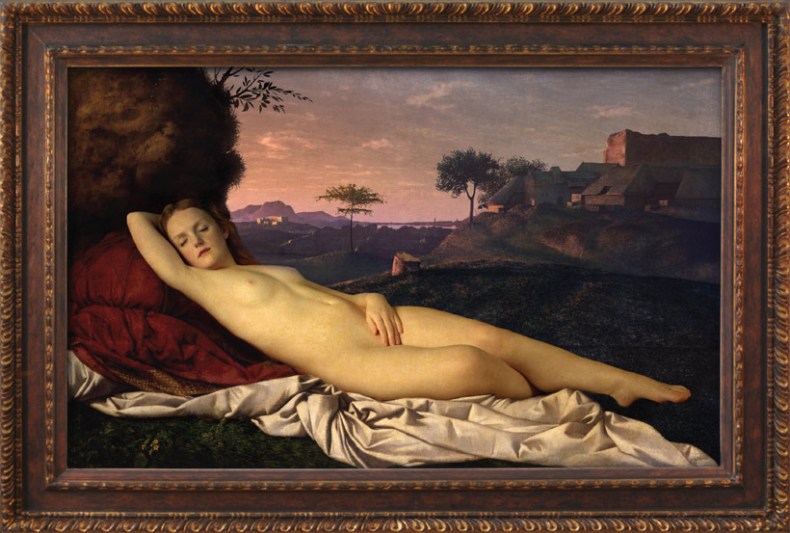
‘Transforming Nude Painting’ (dusk) (2013), after Giorgione ‘Sleeping Venus’ (c. 1510), Rob and Nick Carter. Courtesy The Fine Art Society. © Rob and Nick Carter
Rob and Nick Carter at The Fine Art Society: TEFAF 2014 (Thomas Marks)
Many viewers do double takes in front of the digital paintings. What might at first look like a light-box depicting an Old Master painting – unusual perhaps, but not so strange – catches you with a small movement, drawing you into its charmed and softly uncanny vision.
Unlimited access from just $16 every 3 months
Subscribe to get unlimited and exclusive access to the top art stories, interviews and exhibition reviews.

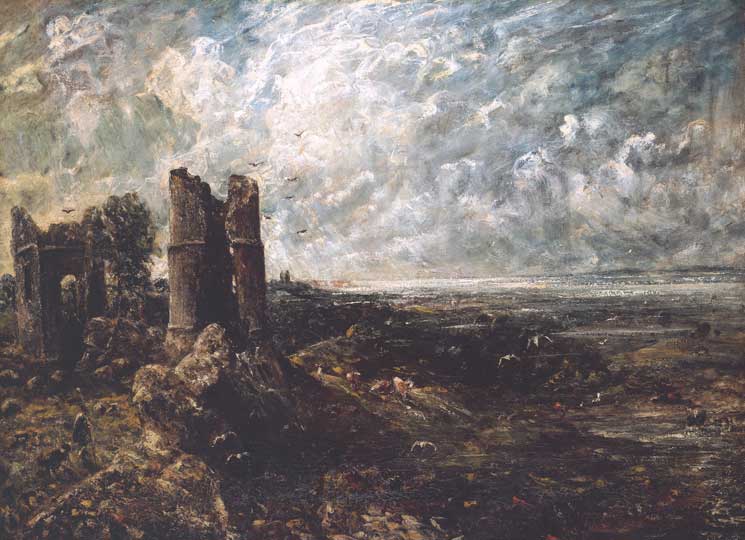
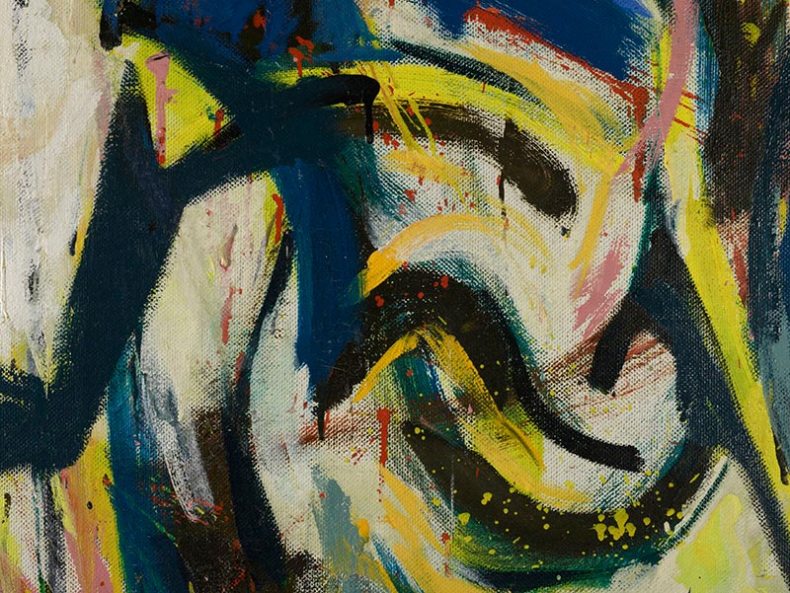
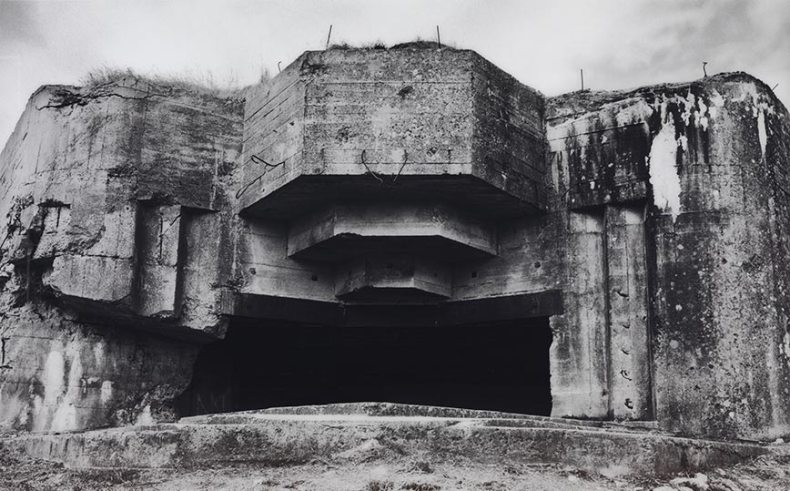
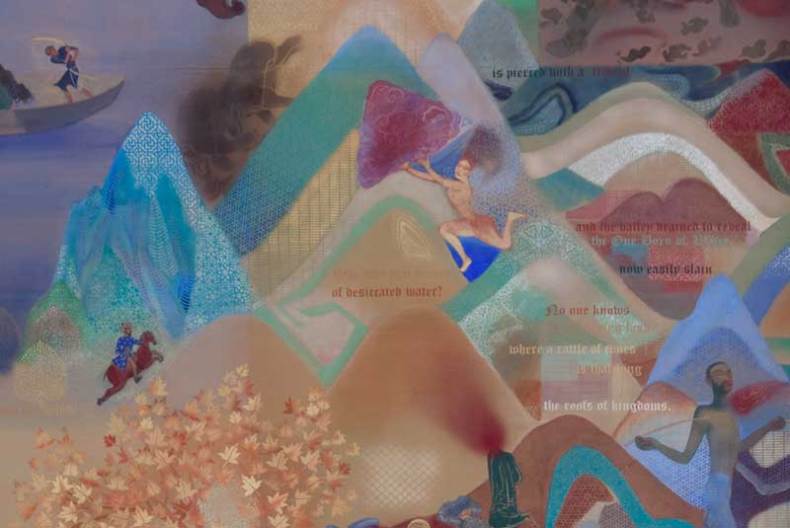
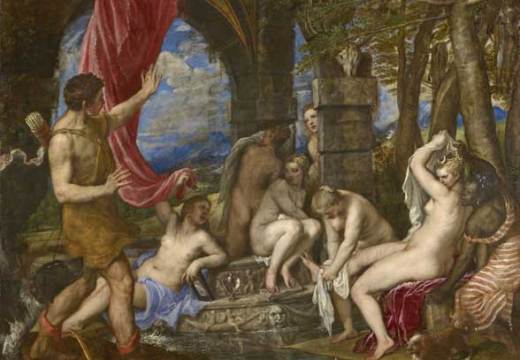
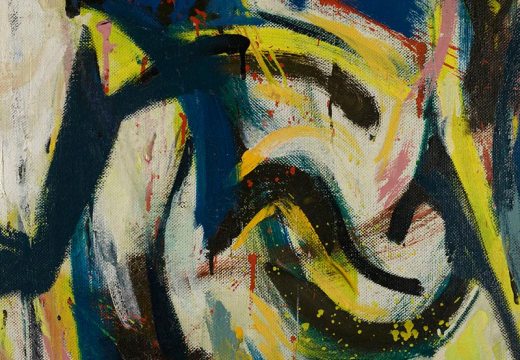
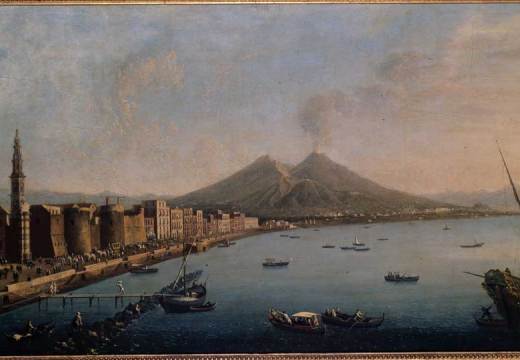









![Masterpiece [Re]discovery 2022. Photo: Ben Fisher Photography, courtesy of Masterpiece London](http://www.apollo-magazine.com/wp-content/uploads/2022/07/MPL2022_4263.jpg)
It’s time for the government of London to return to its rightful home